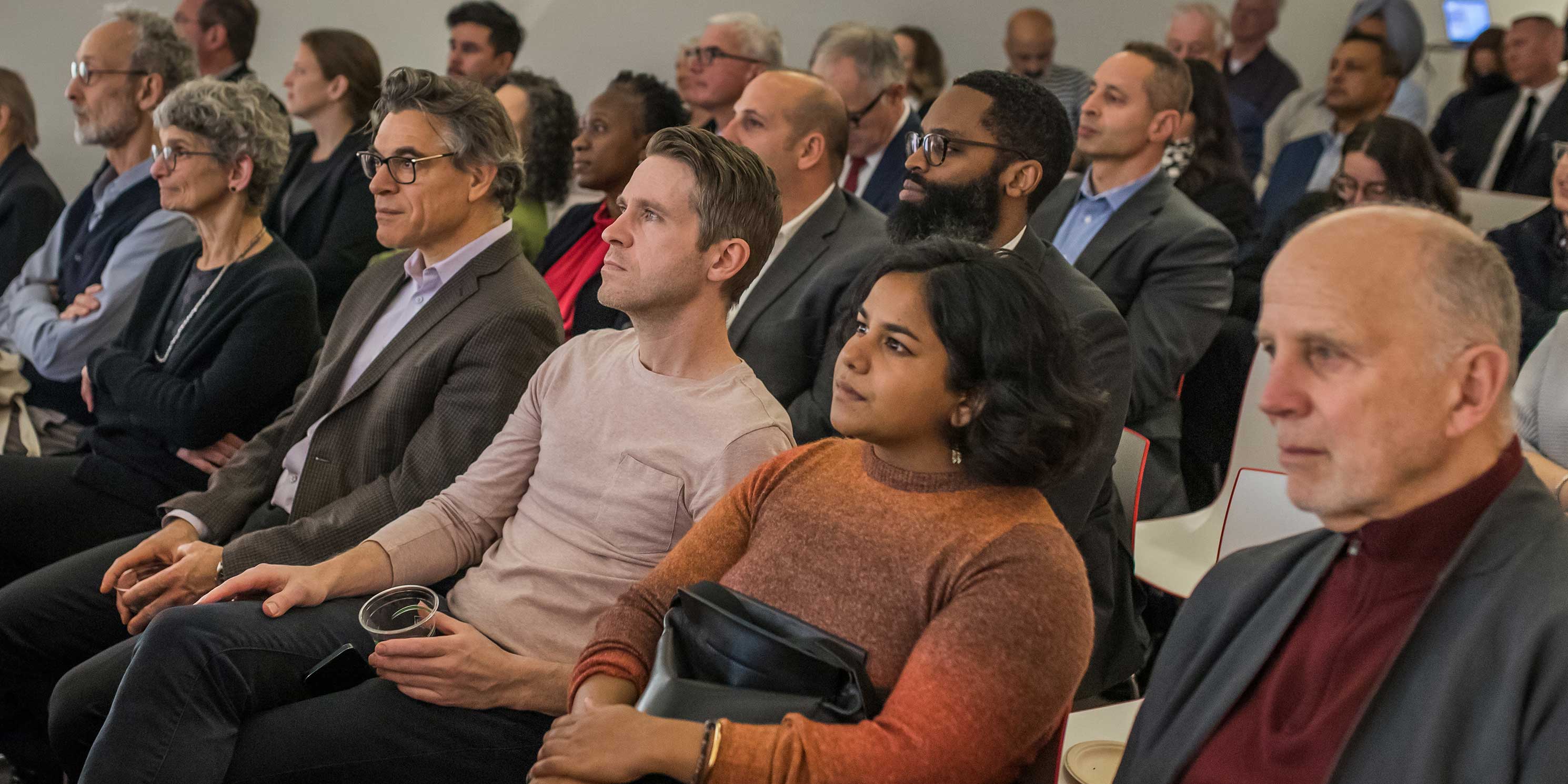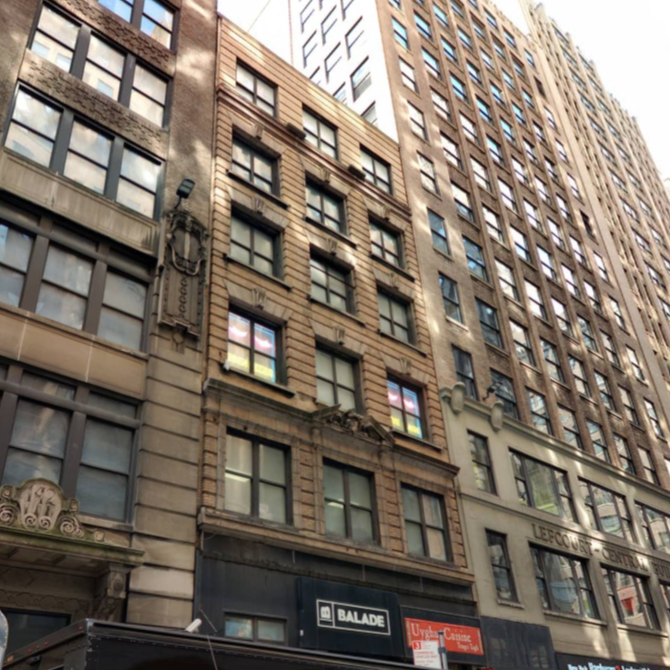Preliminary Comments on the Midtown South Mixed-Use Plan
Letter to New York City Planning Commission and Department of City Planning
Date: February 4, 2025
Mr. Dan Garodnick
Chair and Director
New York City Planning Commission and Department of City Planning
120 Broadway, 31st Floor
New York, NY 10271
Dear Chair Garodnick,
The Municipal Art Society of New York (MAS) supports the intention of the Midtown South Mixed-Use Plan (MSMX) to foster a vibrant 24/7 mixed-use neighborhood across Midtown South, including affordable housing, eased office to housing conversions, and public realm improvements. MAS believes that, following our support of the City of Yes for Housing Opportunity (COYHO), mixed-use development with deep affordability, especially in transit-rich neighborhoods and coupled with public realm infrastructure, is critical to helping our city meet the needs of New Yorkers and mitigate our housing crisis.
That said, it is clear that the proposed rezoning framework will allow significant change to the existing neighborhood fabric and economy. While MAS supports the housing goal, we are concerned about the potential displacement of the existing garment industry. The Department of City Planning’s crowdsourced map at midtownsouthplan.nyc highlights around 20 fashion and garment related businesses as community assets. MAS would like to see a plan that supports these community assets that contribute to the neighborhood identity.
Download Testimony
Specific questions and considerations outlined below are intended to better understand the impacts the rezoning could have on the remaining Garment District and how the City can move forward balancing the needs of the existing neighborhood with citywide goals:
- The Draft Environmental Impact Statement (DEIS) notes that an estimated 114 businesses could potentially be displaced as part of this proposal. However, this amount of displacement was determined to not constitute a significant adverse impact. Many of these businesses are small, unique shops that provide products that cannot be purchased elsewhere in the city. Many still serve the nearby Broadway theater district. How was this determined and what amount (either number of businesses or percentage of current industry) would constitute an adverse impact?
- The plan eliminates the Special Garment Center District Subdistrict A-1 and provisions a zoning framework that favors big-box retail and class A office space (99% of office space in the rezoning area is Class B or C). How is the City balancing the need for housing development with support for small businesses who want to remain in place but will not be able to afford Class A rent?
- Many components of the 2018 support package from the DeBlasio Administration have not been implemented and could be re-introduced and leveraged to help provide this support. These items include but are not limited to the Building Acquisition & NYCIDA tax incentive (failed RFEIS with no enrollment), CFDA Local Production Fund (never launched), and Garment District Alliance Funding Support ($10 million in unspent funds per the GDA 2023 Annual report).
- Class B and C office space plays a valuable role in our urban ecosystem and historic urban fabric, especially for nonprofit organizations and small business who cannot afford Class A. MAS is concerned that the elimination of large swaths of class B and C spaces will not only leave a void in the market but also impact the vitality and diversity of our urban fabric. Further, overinvestment in Class A space and big-box retail could prove to be a misfit for community and economic needs and leave less flexibility to adapt to the changing needs of the market at a future date.
- The DEIS indicates that 12 sites (15 properties) within the Garment Center Historic District that are listed on the State and National Registry could be demolished. While MAS is not advocating for the landmarking of all these buildings; it is critical that LPC review and consider, with input from community members, which properties should be preserved and begin the designation process before ULURP is complete. MAS would particularly support designations in line with LPC’s Equity Framework.
A truly thriving mixed-use neighborhood must support both residents, workers, and businesses both large and small. This is where the City of Yes for Housing meets the City of Yes for Economic Opportunity. As the plan moves forward, we ask that the concerns outlined above be addressed and incorporated into the proposal, and that the City and State explore further incentives to maximize affordability throughout the new housing stock as much as possible. Doing so would be a step toward comprehensive planning in lieu of spot zoning; a strategy that will enable our city to move forward to meet our affordable housing and public space needs as well as support local economies and small businesses.

Keri Butler
Interim President, Municipal Art Society of New York
CC: The Honorable Mayor Eric Adams
Manhattan Borough President Mark Levine
Council Members Adrienne E. Adams, Erik Bottcher, and Keith Powers
President Andrew Kimball, NYC Economic Development Corporation
Commissioner Dynishal Gross, NYC Department of Small Business Services
Commissioner Sarah Carroll, NYC Landmarks Preservation Commission
Chair Jessica Chait, Community Board 4
Chair Bradley Sherburme, Community Board 5


